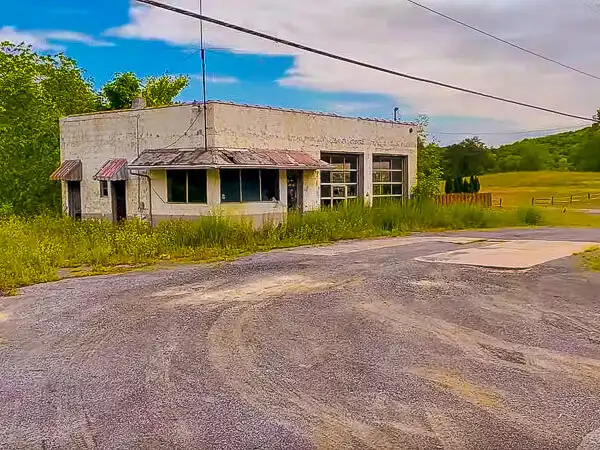Six months is the generally accepted answer that environmental engineers give when asked how long a Phase I Environmental Site Assessment (ESA) is valid. An ESA is usually good for 6 months as-is. However, various factors may influence the need for a new assessment. From 6-12 months, an ESA should be updated wherever necessary. After 12 months, it’s typically not to be relied upon.

Different Land Uses May Influence Assessment Frequency
When it comes to conducting Phase I ESAs, not all businesses are created equal. Factors such as the nature of the business and its potential environmental impact play a significant role in determining how frequently a new ESA may be required.
Environmental Contamination Risk by Property Type
Gas Stations
- Gas stations have a higher likelihood of environmental contamination due to fuel storage and handling.
- Recent inspection and monitoring records should be reviewed as part of updating an ESA less than 12 months old, as a release to the environment could occur at almost any time.
Car Dealerships
- Car dealerships typically have lower environmental risks compared to gas stations, but they can still be subject to occasional contamination risks, such as oil and fuel spills.
- The need for new or updated assessments may arise if significant changes in property use occur, like adding an auto repair shop or a fuel dispensing system.
Dry Cleaners
- Dry cleaners can be a source of environmental contamination due to the use of chlorinated solvents in their cleaning solutions.
Scrap Yards
- Scrap yards can be a source of environmental contamination due to the presence of all kinds of fluids and other substances from scrap autos, batteries, etc.
Auto Repair Shops
- Auto repair shops can be a source of environmental contamination due to the use of chemical parts cleaners, waste oil, and hydraulic lifts.
Industrial Sites
- Most kinds of industrial sites can be a source of environmental contamination, particularly any facility that uses, stores, or handles petroleum products or any other hazardous chemicals.
How long a Phase I ESA remains valid depends on the specific business occupying the land and its associated environmental risks. High-risk businesses like gas stations require more frequent assessments, while lower-risk businesses like banks or office buildings may have less frequent needs, barring significant changes in operations or regulations. Regular assessments ensure environmental compliance and mitigate potential liabilities for property owners and buyers.
Property Transaction Factors Influencing the Need for a New Phase I ESA
When a property changes hands, and the last Phase I ESA was performed more than six months ago, a new assessment is often required by lenders and insurers. But what if a purchase is made before that six months comes up? What if a purchase is made but it takes twelve months or more to complete?
- Property Purchase Timing: If a property purchase is closed six months after the previous assessment, it is often deemed acceptable to rely on the existing Phase I ESA. This assumes that the property’s condition and environmental risk factors have not significantly changed in the short interim period. However, if the closing occurs well after six months, such as twelve months or more, lenders and insurers may require another assessment to be made.
- All Appropriate Inquiry (AAI): Business owners often wonder whether they need to request a new Phase I ESA when no property transaction is taking place. Generally, it is not required to renew a previous study solely to meet the ‘All Appropriate Inquiry’ (AAI) standard. In such cases, as long as there have been no significant changes in land use or environmental conditions within the six-month timeframe, the existing ESA can typically remain valid.
Changes in Regulation and Standards May Warrant a New Phase I ESA
Changes in environmental regulations continue to occur at a rapidly increasing pace across state and federal agencies. These changes may cause regulatory bodies to compel business owners to produce updated site assessments, even if the previous assessment was performed less than six months ago.
By the same token, the organizations stewarding assessment standards often make changes. On November 1, 2021, new Phase I ESA standards were put into place by the ASTM International Committee on Environmental Assessment, Risk Management and Corrective Action (ASTM Committee-50).
While changes to standards also have to be adopted by the Environmental Protection Agency (EPA), the trickle-down effect eventually arrives at the local level. Depending on the nature of these changes, and what new liabilities they may pose, business owners may find themselves compelled to order new ESAs.
Summary
The Phase I Environmental Site Assessment is a critical tool in evaluating the environmental risks associated with a property. While six months is the commonly accepted expiration date, its validity depends on a range of factors.
Environmental engineers play a vital role in assessing and advising on when to renew a Phase I ESA. As the environmental landscape continues to evolve, regular updates and due diligence remain essential to managing environmental risks in real estate transactions and property development.


